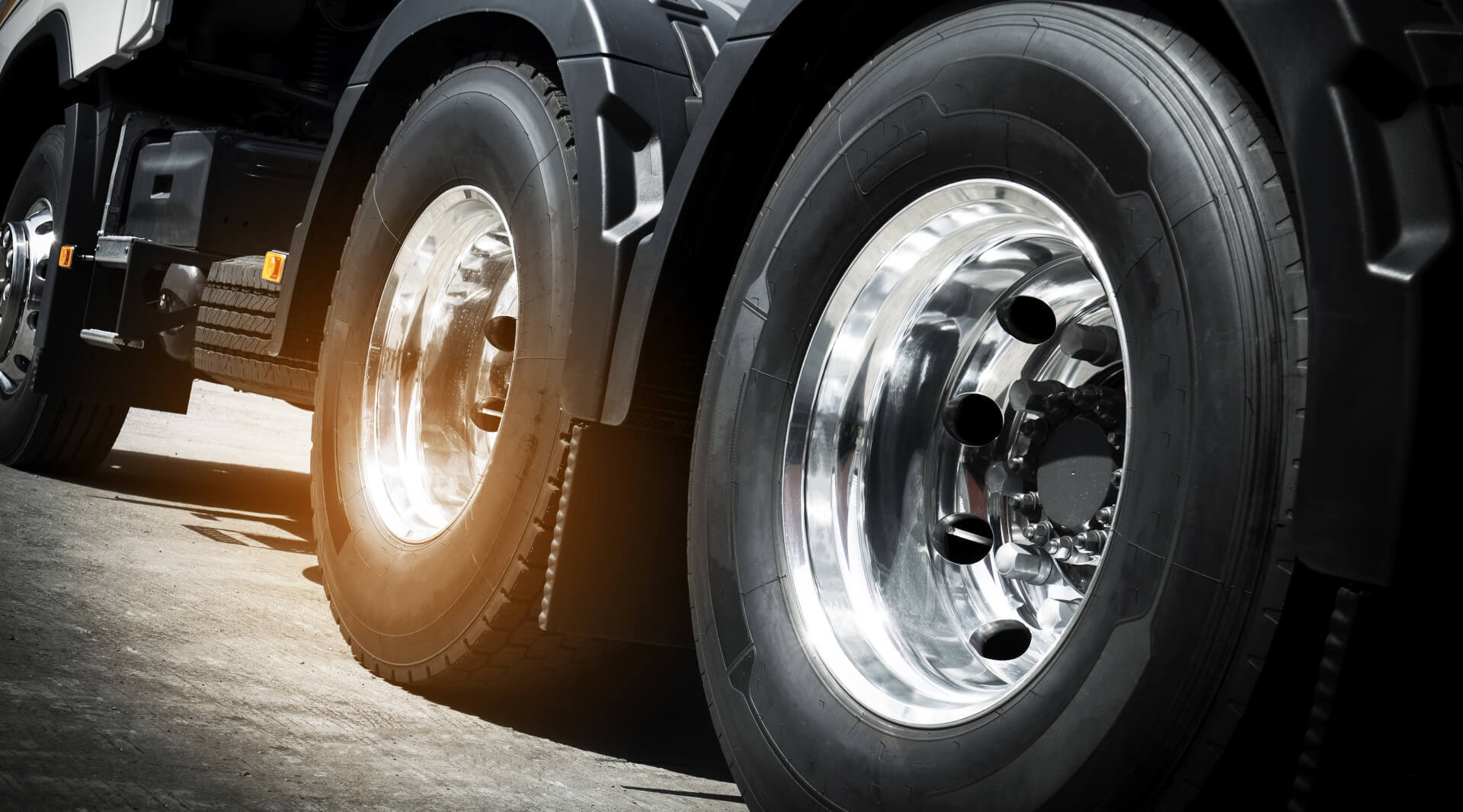How to Identify The right time To know when it's Time to Change Your Big rig Tire set
As a transportation professional, making sure your semi-truck is equipped with the best tires is essential for security, efficiency, and performance on the road. Tires are the sole contact point between your vehicle and the surface you drive on, making their condition essential to your security as well as the safety of others. Over time, wear and tear can take a toll on your tires, leading to potential risks and costly repairs. Recognizing when it’s time to replace your semi-truck tires is important for maintaining optimal performance and preventing breakdowns.
In this piece, we will examine the signs that indicate it’s time for a tire replacement, making sure that you're always prepared for extended trips ahead. We will also discuss how to choose the best tires based on your specific needs, the importance of tire maintenance, and information into different tire options for semi-trucks today. By understanding these important aspects, you can keep your fleet running efficiently and safely on the road.
Identifying Clues of Tyre Replacement
Knowing when to swap your semi-truck tires is essential for maintaining safety and performance on the road. One of the most obvious signs is clear tread wear. If the tread depth is below the minimum limit or becomes irregular, it is time to think about new tires. Poor tread can lead to reduced traction, longer stopping distances, and a higher risk of hydroplaning, especially in severe weather conditions.
Another obvious sign of required tire replacement is the presence of sidewall damage. Fissures, tears, or bulges on the sidewalls can weaken the material integrity of the tire. These problems not only reduce performance but also pose significant safety threats. Regularly inspecting your tires for these types of damage is crucial to ensuring that you address any problems before they amplify.
Finally, pay close attention to tremors or variances in handling while driving. Significant vibration could point to concerns such as misadjustment or imbalance, which may lead to uneven wear and the potential need for new tires. If you realize that your truck is not operating as it should or if you experience any odd noises, it is advisable to have your tires inspected without delay to avoid further complications.
Elements Determining Tire Selection
While picking tyres for your rig, several key factors must be considered. One major aspect is the kind of freight you transport. Different loads can demand specific tire qualities, such as resilience and traction. For instance, if you regularly carry heavy loads or drive in off-road conditions, you might need tyres that are designed for superior grip and carrying capacity. Conversely, for highway hauling, fuel-efficient tyres that enhance fuel efficiency may be the better choice.
Another important consideration is the operating environment. Climatic conditions can significantly impact tyre performance, so deciding between all-season and snow tires is vital for safety and effectiveness. Should your routes frequently traverse regions with significant snow or rainy weather, investing in snow tires can provide better grip and handling, reducing the risk of collisions. Conversely, in hotter climates, year-round tyres that provide durability without sacrificing efficiency may be preferable.
Tyre maintenance practices also impact your selection. Proper inflation, rotation, and accuracy must be in sync with your tire selection to guarantee maximal performance and durability. As an example, if you are committed to regular maintenance, you might choose retread tires, which can offer great worth and performance, as long as they are properly looked after. Understanding how these factors interact will help you make better choices when choosing the most suitable tires for your rig.

Tyre Care Optimal Techniques
Consistent maintenance is vital to extend the lifespan and efficiency of your semi-truck tires. Start by checking tyre pressure at a minimum of one a month, as proper pressure is important for security and economic operation. Use a trustworthy pressure gauge to ensure that each tyre is filled to the manufacturer's suggested levels, which can be located on the door pillar of the vehicle or in the driver's guide. Low-pressure wheels can lead to bad control, higher wear, and potential blowouts, while over-inflated wheels can diminish traction and increase the chance of tyre failure.
Another important aspect of tyre maintenance is conducting routine inspections for signs of wear or wear. Check for irregular tread degradation, cracks, gashes, or protrusions on the surface of the wheels. Change the tires per the manufacturer's recommendations to promote even distribution across every tyres. Go to this website helps prolong the life of the tires but also improves vehicle balance and performance. Monitor the depth of the tread as well; tires should be changed out if the tread has worn down to 4/32 of an inch to maintain sufficient traction.
Lastly, tyre adjustment and balancing should not be ignored. Out-of-alignment or imbalanced tyres can cause accelerated wear and reduced control abilities. Schedule regular adjustments based on usage and weight distribution, particularly after encountering road deformities or facing other obstacles. Putting resources in adequate tyre maintenance helps guarantee safety, improves fuel efficiency, and lowers the overall expense of tire oversight for your group.